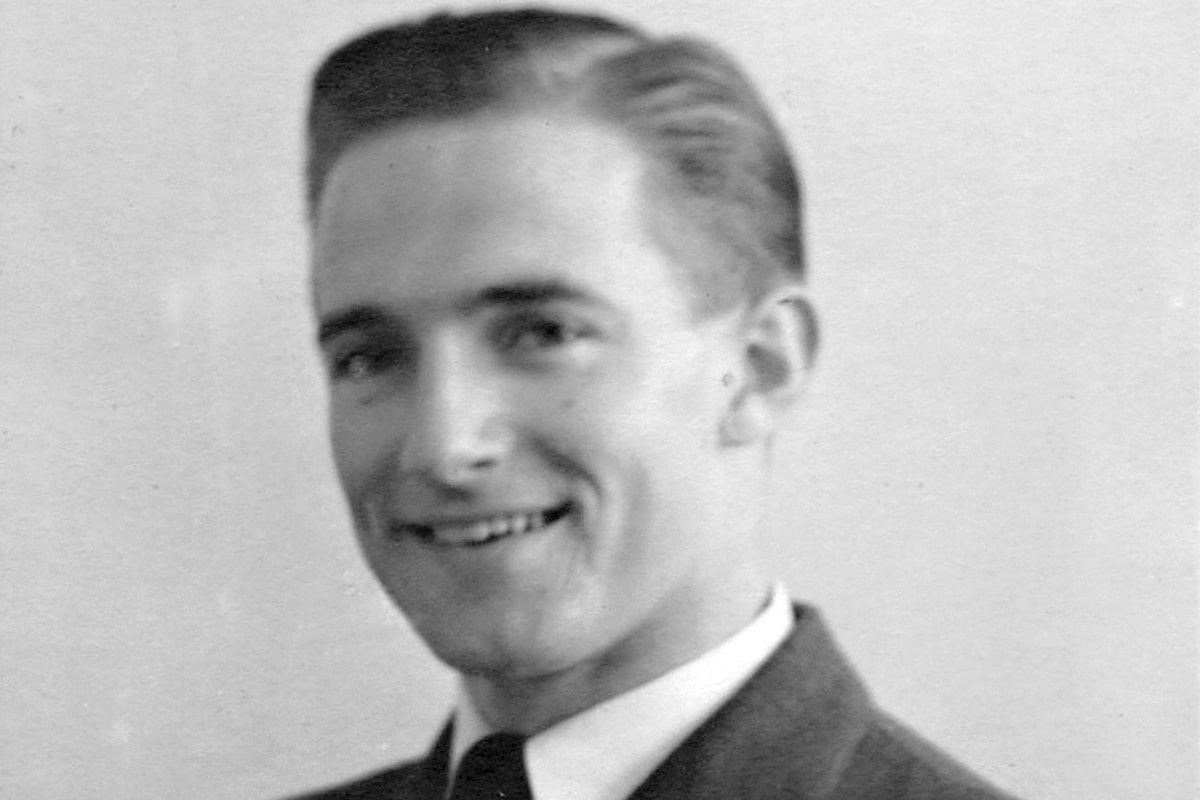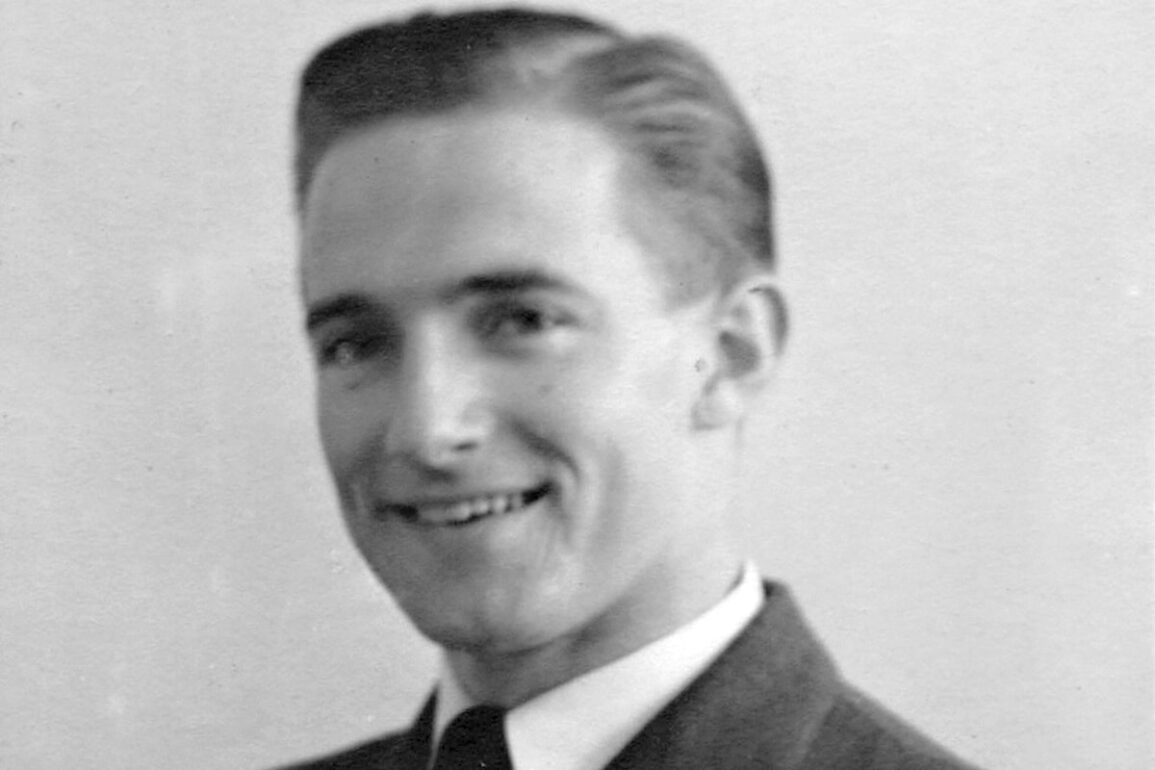
An immigrant to Vancouver, Torben Kristiansen came by this passion for Canadian art in a roundabout way: Born in Denmark, he started his career in the Royal Danish Air Force after the Second World War.Courtesy of the family of Torben V. Kristiansen
When Vancouver art dealer Torben Kristiansen died at the age of 92 last July, he left behind a trove of Canadian paintings. Squirrelled away in the gallery he established in the 1960s, Kristiansen had kept two important abstractions by Lawren Harris, several landscapes by Emily Carr and an early Jean-Paul Riopelle estimated to be worth $2.5-million to $3.5-million.
Kristiansen, a former fighter pilot and flight attendant, was a dealer of the old school variety, one who bought inventory and kept it, becoming a collector himself in the process.
“He was never in a hurry to sell a painting,” said Robert Heffel, whose auction house is offering Kristiansen’s collection at a Toronto sale Thursday. For example, Kristiansen bought the two Harris paintings of 1946 and 1950, Mountain Experience and Migratory Flight, from the artist’s estate after his death in 1970 and kept them ever since.
“He was ahead of the curve in knowing the value of Lawren Harris abstracts,” Heffel said, although the collection also includes two more conventional Harris mountain landscapes from the 1920s as well as works by Tom Thomson and Group of Seven members Arthur Lismer, Franklin Carmichael and A.Y. Jackson.
Kristiansen liked to buy specific artists in depth, especially British Columbia artists such as Carr, B.C. Binning, represented in the sale by two geometric renditions of ships, and the 1960s landscape painter E. J. Hughes.
Kristiansen, a former fighter pilot and flight attendant, was a dealer of the old school variety, one who bought inventory and kept it, becoming a collector himself in the process.Supplied
An immigrant to Vancouver, Kristiansen came by this passion for Canadian art in a roundabout way: Born in Denmark, he started his career in the Royal Danish Air Force after the Second World War. He was trained to fly a P-51 Mustang fighter as part of a NATO exchange with the U.S. Air Force and is credited with flying it upside-down along the main street of his hometown to silence a doubting buddy.
He didn’t stick with piloting, however: Instead he joined Scandinavian Airlines as a flight attendant and purser before he moved to CP Air in 1956 and came to Canada. He began using his flights from Europe to Vancouver to import paintings that he would resell, offering Canadians a taste of international art.
In 1960, he bought the Art Emporium, a Robson Street art gallery and framing shop. Established in 1897, it could claim to be the oldest art gallery in Vancouver. Under Kristiansen it moved to the city’s gallery row on Granville Street and concentrated increasingly on blue-chip Canadian art, while the art dealer also bought and sold real estate.
“Once he opened a gallery in Vancouver, he became passionate about Canadian art, the allure of Canadian art,” Heffel said. “Torben had a good eye and he backed it: He’d explain why one painting was better than another.”
Kristiansen joined Scandinavian Airlines as a flight attendant and purser before he moved to CP Air in 1956 and came to Canada.Courtesy of the family of Torben V. Kristiansen
Described as charismatic and highly confident in his own opinions about art, Kristiansen was still operating the Art Emporium when he died. But increasingly, he had become a collector. He had amassed a group of paintings estimated to be worth between $6.4-million and $9-million, which his estate – three times married he leaves his widow, Patricia, four children and two stepchildren – is now dispersing.
Kristiansen had followed a pattern established by a previous generation of art dealers who bought and held art, often betting on their own tastes to make canny investments such as his embrace of the Harris abstractions before they became recognized or his purchases of Carr before her prices went up. His Canadian predecessors would include the Toronto art dealer Blair Laing and the Montreal dealer Max Stern but he was several decades younger, one of the last of a breed.
“Whenever he had funds, he loved buying art,” Heffel said.
This post was originally published on this site be sure to check out more of their content






